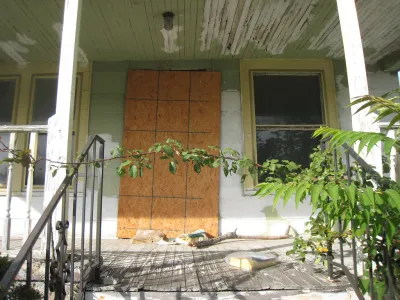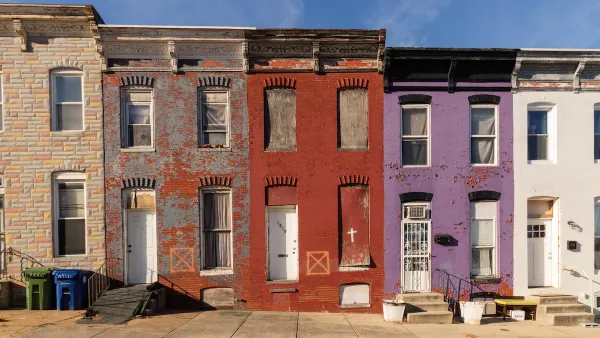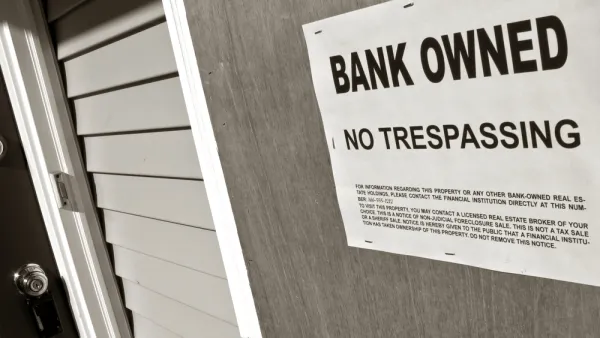Surveyors hitting the streets in Cleveland have found that the problem of vacant homes in the city isn't as bad as first feared.

Through a partnership with the non-profit Thriving Communities Institute, Cleveland is getting a better hand on understanding its stock of vacant homes that litter parts of the city. Michelle Jarboe of the Cleveland Plain Dealer reports that an assessment carried out by Thriving Communities, using a 16-person team, has determined that 8.8 percent of the 158,851 properties surveyed can be classified as being vacant. Of those, more than a third "might be a lost cause." This would result in a total of 6,100 structures that would need to be demolished, at a cost of $60 million to the city. However, there is an upside to the survey results.
Here's the good news: The blight isn't as bad as it appeared, based on past estimates from the city and other researchers…
The pool of deeply tainted properties actually has been shrinking, thanks to demolition, fewer foreclosures and a healthier housing market. The tally of decrepit houses fell from 2013, when the city found more than 7,700 distressed or empty homes. Nearly every neighborhood saw improvement.
Jarboe reports that a recent study found that demolition programs for vacant properties in other cities, including Detroit, has resulted in the value of occupied homes within 500 feet of the demolished property increasing 4.3 percent.
FULL STORY: Vacant houses, blighted buildings still plague Cleveland, but problem is shrinking: Taking Stock

National Parks Layoffs Will Cause Communities to Lose Billions
Thousands of essential park workers were laid off this week, just before the busy spring break season.

Retro-silient?: America’s First “Eco-burb,” The Woodlands Turns 50
A master-planned community north of Houston offers lessons on green infrastructure and resilient design, but falls short of its founder’s lofty affordability and walkability goals.

Delivering for America Plan Will Downgrade Mail Service in at Least 49.5 Percent of Zip Codes
Republican and Democrat lawmakers criticize the plan for its disproportionate negative impact on rural communities.

Test News Post 1
This is a summary

Test News Headline 46
Test for the image on the front page.

Balancing Bombs and Butterflies: How the National Guard Protects a Rare Species
The National Guard at Fort Indiantown Gap uses GIS technology and land management strategies to balance military training with conservation efforts, ensuring the survival of the rare eastern regal fritillary butterfly.
Urban Design for Planners 1: Software Tools
This six-course series explores essential urban design concepts using open source software and equips planners with the tools they need to participate fully in the urban design process.
Planning for Universal Design
Learn the tools for implementing Universal Design in planning regulations.
EMC Planning Group, Inc.
Planetizen
Planetizen
Mpact (formerly Rail~Volution)
Great Falls Development Authority, Inc.
HUDs Office of Policy Development and Research
NYU Wagner Graduate School of Public Service




























